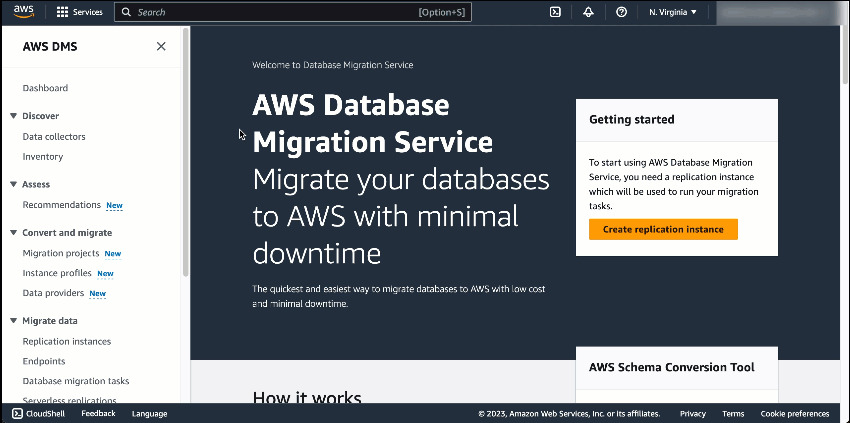AWS recently announced a new option in its Database Migration Service (DMS) called serverless. It automatically sets up, scales, and manages migration resources to make database migrations easier and more cost-effective.
DMS is a fully-managed service provided by the company that enables seamless and efficient migration of databases from various sources to AWS. It was launched for the first time in 2016. The new serverless option simplifies the process of determining the necessary compute resources and managing the operational tasks required for the migrations - eliminating the need for manual guesswork by offering automatic capacity provisioning, scaling, and optimization of migrations.
DMS Serverless supports Microsoft SQL Server, PostgreSQL, MySQL, and Oracle as data sources. As for targets, it supports various databases and analytics services such as Amazon Aurora, Amazon Relational Database Service (Amazon RDS), Amazon Simple Storage Service (Amazon S3), Amazon Redshift, and Amazon DynamoDB. The company will add more in future versions.
Donnie Prakoso, a principal developer advocate at AWS, outlines a few possible use cases for DMS Serverless in an AWS blog post:
You can use AWS DMS Serverless to migrate databases and help to build modern data strategies by synchronizing ongoing data replications into data lakes (e.g., Amazon S3) or data warehouses (e.g., Amazon Redshift) from multiple, perhaps disparate data sources.
The critical aspect of DMS is that when setting DMS Serverless, users can, in the capacity section, set the range for the required capacity to perform replication by defining the minimum and maximum DCU (DMS capacity units). Note that the minimum DCU setting is optional since AWS DMS Serverless determines the minimum DCU based on assessing the replication workload. In addition, during the replication process, AWS DMS uses this range to scale up and down based on CPU utilization, connections, and available memory.

AWS competitors Microsoft and Google also offer managed database migration services. For instance, Azure Database Migration Service provides a similar set of features as AWS DMS and enables seamless migration of on-premises databases to Azure. Similarly, Google Cloud Database Migration Service allows users to migrate their databases to Google Cloud Platform (GCP) and has had a serverless option since 2020.
Didier Durand, a principalarchitect - AWS Mainframe Modernization service, stated in a LinkedIn post:
Data migration is a key tool of any migration project, including the mainframe. AWS DMS just got one step further in getting easier / more efficient to use by becoming serverless. As such, the "undifferentiated heavy weightlifting" (provisioning, scaling, high availability, etc.) goes now on the AWS side.
With AWS DMS Serverless, customers only pay for the capacity they use per hour. More details on the pricing and availability can be found on the pricing page.